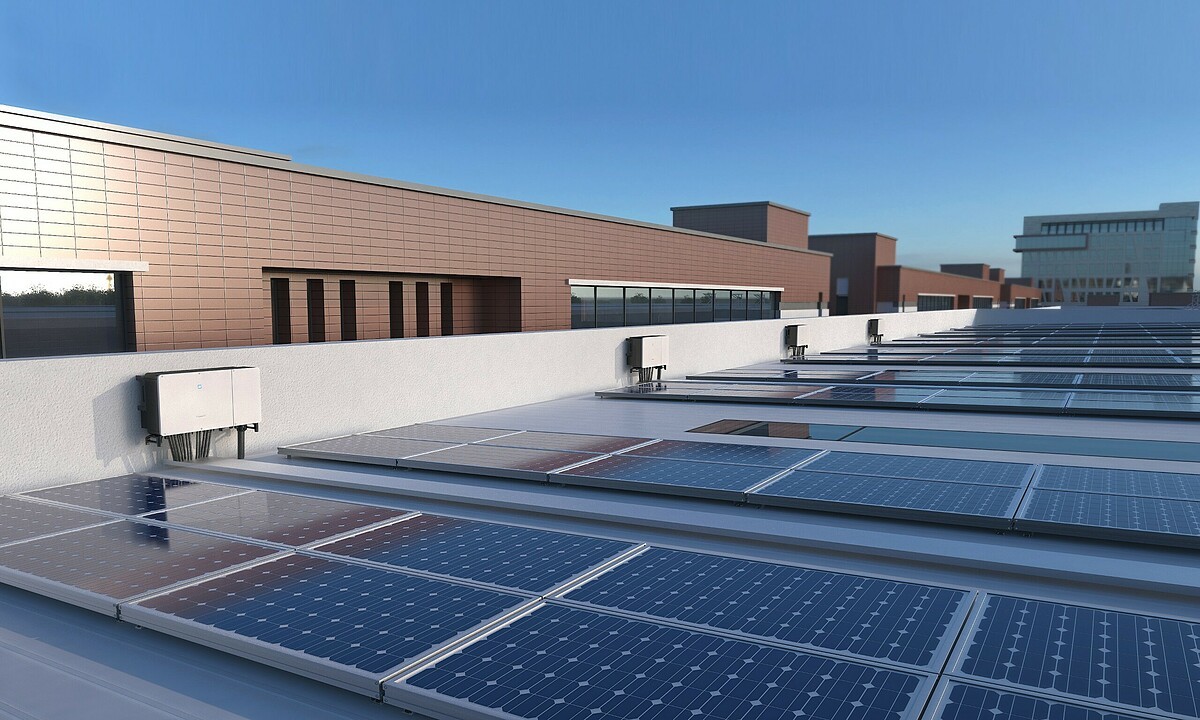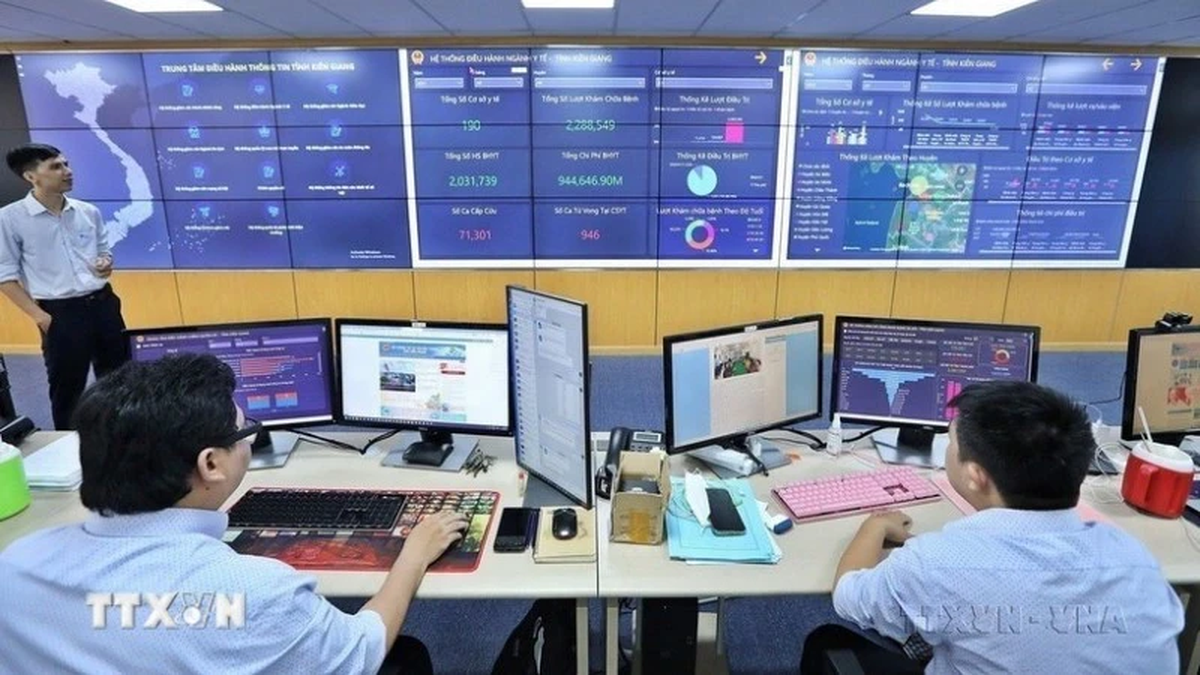
Rooftop solar power, if not "self-produced and self-consumed", must be connected to the grid, which will incur system operating costs, so it is not encouraged, according to the Ministry of Industry and Trade .
In the draft Decree on the mechanism to encourage the development of self-produced and self-consumed rooftop solar power, the Ministry of Industry and Trade proposed that if this type is not connected to the grid, it will be developed without limits. In case of grid connection, people have the right to generate or not generate surplus output into the system but pay 0 VND. The total capacity in this form must not exceed the capacity allocated in the plan to implement Power Plan VIII (2,600 MW).
The above regulations are assessed by some experts as not attractive enough to encourage people to invest because not being able to sell or selling at 0 VND will not be economically effective.
In a statement released on the afternoon of April 30, the Electricity Regulatory Authority (Ministry of Industry and Trade) continued to emphasize its cautious stance on developing rooftop solar power. According to the regulator, this energy source should only be available for on-site consumption, and should not be encouraged or even restricted from being released into the system.
"If it develops massively on a large scale, it will greatly affect the balance of the system, causing unnecessary costs," the agency said.
According to updated data, rooftop solar power capacity is currently around 7,660 MW, accounting for more than 9% of total capacity, and output of nearly 4% of the entire national power system. In terms of installed capacity, this power source has a higher proportion than other renewable energies such as wind power, biomass, and even surpasses small hydropower and gas turbines - which used to account for a large proportion in the previous power structure.
According to the Ministry of Industry and Trade, rooftop solar energy is unstable due to its dependence on solar radiation. When there is no radiation (clouds, rain or at night), the national grid must still ensure sufficient electricity supply. Therefore, to stabilize the source, suitable storage sources must be considered. That is, people and the entire electricity industry must pay for this storage and backup.
Specifically, on a small scale, organizations and individuals will have to equip themselves with storage batteries. The prices of these devices are on a downward trend but are still high.
On a large scale, backup options are pumped storage hydropower or conventional sources (hydropower, coal-fired power, gas turbines). However, the uncertainty of rooftop solar power means that these sources must operate intermittently. This not only reduces output but also damages equipment due to constant adjustments up and down or repeated starting and stopping.
The electricity regulator believes that during times of high solar radiation, this type of capacity is at risk of exceeding the absorption capacity of the regional grid. At that time, the dispatch unit must choose: cut the capacity of traditional power plants or renewable energy sources.
The first option would be “very dangerous” because if traditional controllable power sources are reduced, the system will no longer have the resources to respond when renewable energy fluctuates. Therefore, the popular and inevitable choice, according to the Ministry of Industry and Trade, is to “cut renewable energy”. This option, they say, also increases operating costs and wastes social resources.
At the same time, this agency assessed that rooftop solar sources are dispersed, small and very small in scale, making it difficult to collect data and control when operating the system. To be able to balance, the control unit must collect capacity data from all power sources. But this can only be done with sources of large enough scale, such as in industrial parks and large factories.
With small-scale household systems, accurate data collection is not possible. The dispatching agency will only forecast this amount of capacity, leading to difficulties in operating the system. Not to mention, data collection and forecasting require a flexible system and incur additional operating costs.
The final reason given by the authorities is that the development of rooftop solar power brings "great concern about the overall cost of the system" to the regulatory agency and investors of traditional power plants.
This cost comes from the need for conventional power sources to be available to meet the uncertainty of renewable energy. The dispatcher will have to maintain a certain amount of conventional power sources operating in standby or low-power mode continuously. Therefore, they still have to pay for the power sources to be in this state instead of generating electricity.
At the same time, power companies still have to invest in the grid to supply electricity to customers at night or when the weather is cloudy but cannot sell electricity during the day. "The sales output of the power company has decreased but the investment remains the same, the grid investment rate will increase," said the Ministry of Industry and Trade, adding that this cost will be calculated for all customers, including those who do not install renewable electricity.
Not to mention, if following the viewpoint of "costs due to each cause must be calculated for that cause", the Ministry of Industry and Trade believes that investors of rooftop solar power sources actually have to pay for the system to maintain normal operation while still receiving stable power supply. Thus, in general, the more volatile the renewable energy source, the larger the cost scale.
Since 2017, to encourage renewable energy, the Government has had a mechanism to buy back rooftop solar power invested by people at a preferential price (FIT price) of 9.35 cents per kWh, then reduced to 7.09 cents per kWh for transitional projects. This policy encourages people to massively spend money on investing in rooftop solar power systems for use and sell excess capacity to EVN. Data from EVN shows that as of December 31, 2020 - the time the FIT price policy expired, there were about 101,029 projects of this type connected to the power system nationwide with a total installed capacity of up to 9,296 MW.
Phuong Dung
Source link
























![[Photo] National Assembly Chairman Tran Thanh Man visits Vietnamese Heroic Mother Ta Thi Tran](https://vphoto.vietnam.vn/thumb/1200x675/vietnam/resource/IMAGE/2025/7/20/765c0bd057dd44ad83ab89fe0255b783)











































































Comment (0)